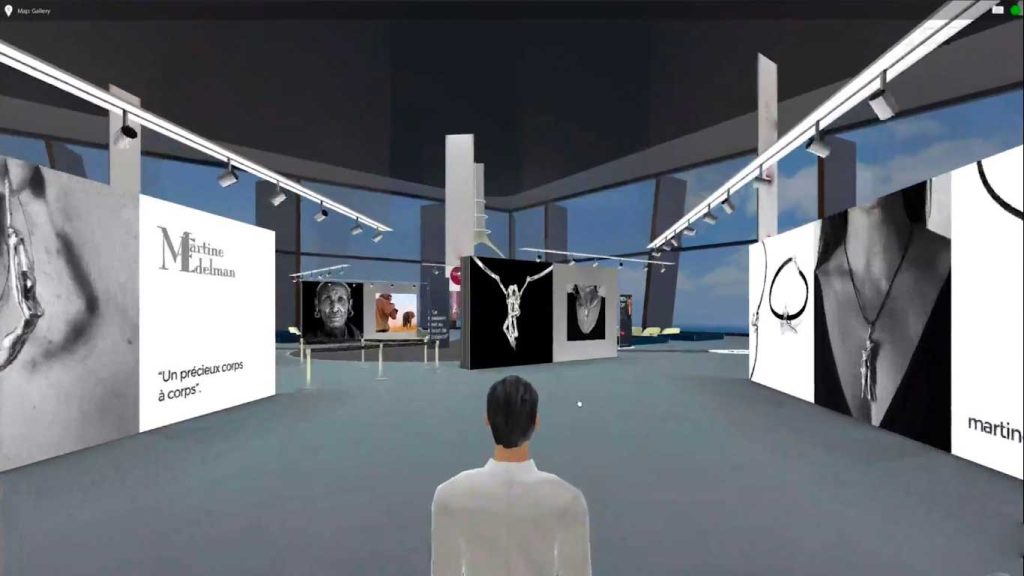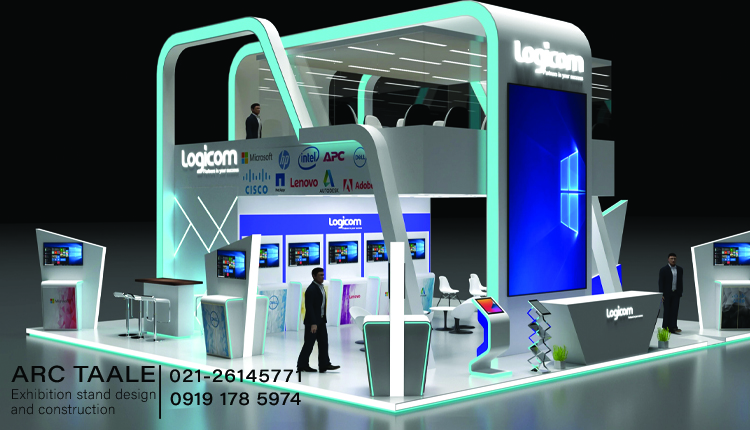In the ever-evolving landscape of digital innovation, the realm of art and culture has found a new canvas to express its magnificence – Virtual Exhibitions. These groundbreaking presentations seamlessly blend technology and creativity, offering an immersive and accessible experience to art enthusiasts worldwide. Unlike traditional brick-and-mortar exhibitions, virtual exhibitions transcend physical boundaries, inviting visitors to explore curated collections from the comfort of their own spaces.
Unveiling the Wonders of Virtual Exhibitions
In the ever-expanding realm of virtual exhibitions, art transcends physical limitations, forging connections between creators and admirers across the globe. As technology continues to advance, these digital showcases promise to redefine the way we perceive, experience, and appreciate the boundless wonders of artistic expression. Virtual exhibitions are not merely a reflection of the present; they are the portals to an exciting future where art knows no bounds.
Captivating the Senses
Virtual exhibitions engage the senses in a unique manner, leveraging cutting-edge technologies such as virtual reality (VR) and augmented reality (AR). Through these immersive tools, participants can virtually stroll through curated galleries, marvel at intricate details, and even interact with exhibits. The visual, auditory, and sometimes tactile elements combine to create an unparalleled experience, bringing art to life in ways previously unimaginable.
Global Accessibility
One of the defining features of virtual exhibitions is their ability to reach a global audience. Regardless of geographical location, art enthusiasts can access these exhibitions with just a click. This accessibility not only broadens the reach of artists and curators but also fosters cultural exchange and understanding on a global scale.
Diverse Themes and Collections
Virtual exhibitions open doors to an expansive array of themes and collections. From traditional art forms to avant-garde installations, the digital space provides a platform for artists to experiment with diverse mediums. Curators can curate exhibitions based on thematic elements, artistic movements, or even chronological periods, offering a rich and varied experience to visitors.
Interactivity and Engagement
Beyond the passive observation typical of traditional exhibitions, virtual platforms encourage active engagement. Visitors can delve deeper into the artistic process through multimedia presentations, artist interviews, and interactive elements that provide a richer context to the displayed works. This dynamic interaction fosters a deeper connection between the audience and the art itself.
Innovation in Curation
Curators of virtual exhibitions are not bound by physical constraints, enabling them to experiment with unconventional curatorial approaches. They can seamlessly integrate multimedia elements, contextual information, and dynamic storytelling to enhance the narrative surrounding the artworks. This freedom allows for a more holistic and enriching experience for the audience.
Preservation and Archiving
Virtual exhibitions play a crucial role in preserving cultural heritage and artistic legacies. Through digital archives, these exhibitions contribute to the documentation and conservation of artworks, ensuring that future generations have access to a vast repository of cultural treasures.
read more
The Purpose Behind Virtual Exhibitions
In the dynamic landscape of contemporary art and culture, the emergence of virtual exhibitions serves a profound purpose, redefining the way we experience, appreciate, and interact with the artistic realm. These digital showcases are not just a technological spectacle but are driven by a compelling set of purposes that extend beyond the confines of traditional exhibition spaces.
Captivating a Global Audience
One of the primary purposes of virtual exhibitions is to democratize access to art. By transcending physical limitations, these exhibitions open their virtual doors to a global audience, fostering inclusivity and breaking down barriers that may hinder art enthusiasts from experiencing diverse cultural expressions.
Preservation and Accessibility
Virtual exhibitions play a pivotal role in preserving cultural heritage. Through digitization, artworks are safeguarded from the ravages of time, ensuring that they can be accessed and appreciated for generations to come. This purposeful preservation aligns with the mission to make art an enduring legacy.
Educational Enrichment
Virtual exhibitions serve as educational tools, offering a wealth of information about artistic movements, historical contexts, and the creative process. Beyond passive observation, visitors can actively engage with curated content, gaining a deeper understanding of the cultural, social, and political narratives embedded in the artworks.
Inclusivity and Diversity
The purpose of virtual exhibitions extends to promoting inclusivity and diversity in the art world. These platforms empower artists from various backgrounds to showcase their work, allowing for a rich tapestry of voices and perspectives to be heard and appreciated on a global scale.
Adapting to Changing Realities
Virtual exhibitions respond to the evolving landscape of technology and societal shifts. In an increasingly digital world, these platforms provide a relevant and adaptive space for artists and curators to connect with audiences. The purpose is not just to showcase art but to stay abreast of contemporary trends and remain a vital part of the cultural conversation.
Community Engagement and Interaction
Beyond the physical confines of traditional galleries, virtual exhibitions foster community engagement. They provide spaces for dialogue, interaction, and collaboration among artists, curators, and audiences. This purposeful connectivity enhances the sense of belonging and shared appreciation for the arts.
Environmental Sustainability
In an era where environmental consciousness is paramount, virtual exhibitions contribute to sustainability efforts. By reducing the need for physical travel and minimizing resource-intensive exhibition setups, these digital platforms align with eco-friendly practices, ensuring that art can be enjoyed without leaving a significant carbon footprint.
The Art of Exhibition Stand Building in Virtual Exhibitions
In the realm of virtual exhibitions, the process of exhibition stand building undergoes a transformative evolution, marrying the traditional principles of design with the limitless possibilities offered by digital technologies. These virtual environments not only emulate the allure of physical exhibition spaces but also introduce an array of innovative elements that redefine the very essence of presenting and engaging with content.
Designing Immersive Spaces
Exhibition stand building in the virtual realm is an art form that transcends physical constraints. Designers are tasked with creating immersive spaces that captivate attendees, employing a blend of aesthetic appeal and interactive functionalities to bring the exhibition to life on screens across the globe.
Dynamic and Customizable Layouts
Virtual exhibition stands offer the luxury of dynamic and customizable layouts. Exhibitors can tailor their spaces to suit the specific needs of their content, allowing for a diverse range of configurations that adapt to the nature of the exhibits, ensuring a seamless and engaging experience for visitors.
Integration of Interactive Elements
Exhibition stand building in the virtual realm is not confined to static displays. Interactive elements, such as 3D models, videos, and live chat features, are seamlessly integrated into the design, providing visitors with a hands-on and engaging experience that goes beyond the passive observation of traditional exhibitions.
Multisensory Experiences
Virtual exhibition stands leverage technology to create multisensory experiences. Beyond visual aesthetics, these stands incorporate audio elements, ambient sounds, and sometimes even haptic feedback, immersing attendees in a holistic sensory journey that adds depth and richness to their interaction with the exhibits.
Global Accessibility and Inclusivity
Exhibition stand building in the virtual space breaks down geographical barriers, making exhibits accessible to a global audience. This inclusivity ensures that diverse communities from around the world can engage with the content, fostering cultural exchange and broadening the reach of exhibitors beyond traditional audience boundaries.
The orchestration of a virtual exhibition is a harmonious blend of creativity, technology, and meticulous planning. From the initial spark of inspiration to the global unveiling, each step in the process plays a crucial role in creating a digital spectacle that transcends the boundaries of traditional art spaces. Virtual exhibitions are not merely events; they are immersive journeys orchestrated to captivate and connect audiences in the ever-expanding realm of digital expression.


